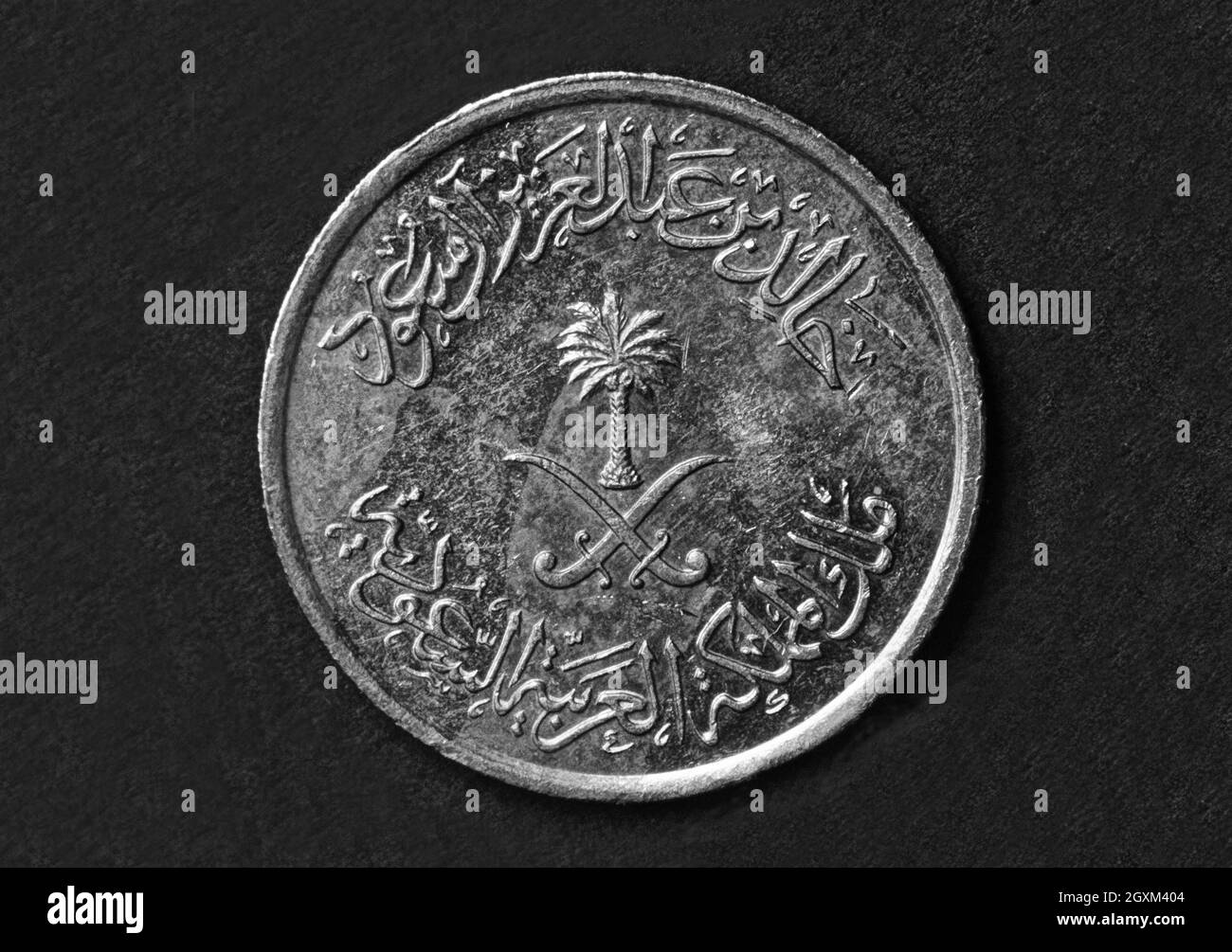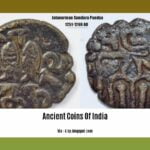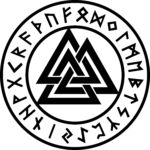Shah Ismail’s coins, crafted from gleaming silver and gold, provide a captivating glimpse into a world of power, faith, and artistic beauty during the Safavid Empire. More than just currency, these coins served as powerful symbols of Shah Ismail’s authority, the newly established Shi’a faith, and the burgeoning wealth of the Safavid Empire. This article delves into the diverse types, mints, and intricate designs that have made these coins highly sought after by collectors and historians alike. Let us embark on a journey through the numismatic legacy of Shah Ismail, uncovering the rich history and cultural tapestry of early modern Persia.
A King’s Story Told Through Metal: The Significance of Shah Ismail’s Coinage
In the 16th century, a young and ambitious Shah Ismail I ascended to power, establishing the Safavid dynasty and leaving an indelible mark on the course of Persian history. Recognizing that a robust currency was essential to the foundation of his nascent empire, Shah Ismail I embarked on a coinage reform, minting coins that would be instrumental in projecting his authority, propagating the newly instated state religion of Twelver Shi’ism, and facilitating trade within and beyond the empire’s borders.
Among the coins produced during his reign, the silver “Shahi” emerged as the principal currency. These coins, struck in various denominations, often bore Shah Ismail’s name and titles, serving as a constant reminder of his sovereign rule to those who handled them. The rarer gold “Ashrafi,” on the other hand, served as a symbol of the empire’s wealth and was likely reserved for significant transactions, such as royal expenditures or diplomatic gifts.
Beyond their economic function, Shah Ismail’s coins were also exquisite works of art. The intricate calligraphy adorning these coins, often featuring verses from the Quran alongside Shah Ismail’s name, suggests a deep reverence for their faith and a commitment to aesthetic excellence. The presence of such inscriptions provides valuable insights into the religious climate of the Safavid Empire under Shah Ismail I.
Furthermore, the inclusion of motifs such as powerful lions and rams, as well as depictions of Shah Ismail himself, served a strategic purpose, reinforcing his image as a dominant ruler and legitimizing his reign. These artistic elements transcended mere aesthetics, transforming these coins into portable pieces of propaganda that disseminated the Safavid dynasty’s imagery throughout the empire and beyond.
By establishing a standardized and reliable currency, Shah Ismail I stimulated the Safavid economy. These coins facilitated trade not only within the bustling marketplaces of Persia but also extended the empire’s commercial reach to distant lands. The enduring legacy of Shah Ismail’s coins is evident in their presence in museums and private collections worldwide. They serve as tangible links to the Safavid Empire, offering invaluable historical insights into the empire’s beliefs, artistic innovations, and vast sphere of influence.
What was Shah Ismail known for?
Shah Ismail I (reign: 1501-1524) was a pivotal figure in Iranian history, renowned for his role as the founder of the Safavid Empire. His legacy extends beyond mere political achievements, encompassing religious reforms and a flourishing of arts and culture.
Key Accomplishments of Shah Ismail I:
Establishment of the Safavid Empire: Shah Ismail’s military prowess and strategic acumen allowed him to consolidate power in Persia, uniting a vast territory that stretched from the Caucasus Mountains to the Persian Gulf. This marked the beginning of the Safavid dynasty, which would go on to rule Persia for over two centuries.
Declaration of Twelver Shi’ism: One of Shah Ismail’s most impactful decisions was the declaration of Twelver Shi’ism as the official state religion of the Safavid Empire. This decision had profound and lasting consequences, shaping the religious landscape of Iran and making it a predominantly Shia country to this day.
Patron of the Arts: Shah Ismail I was a noted patron of the arts and literature, attracting renowned poets, artists, and intellectuals to his court. His reign is often associated with a golden age in Persian culture, marked by vibrant artistic production and literary achievements. The intricate designs and calligraphy found on his coins are a testament to his appreciation for artistry and its ability to convey power and legitimacy.
Shah Ismail’s multifaceted legacy continues to intrigue historians and enthusiasts alike. His coins provide a tangible connection to his reign, offering glimpses into the political, religious, and artistic climate of the early Safavid Empire. By examining the designs, inscriptions, and minting practices of these coins, we gain a deeper understanding of the Safavid Empire’s rise to prominence and the enduring impact of Shah Ismail I on Persian history and identity.
Analyzing the Competition & Your Research for “Coins of Shah Ismail”
To create a truly comprehensive and engaging article about Shah Ismail’s coins, we need to consider what your competitors are doing and identify areas where you can add unique value.
Competitor Analysis (Requires Examples):
Please provide a few links to competitor articles about Shah Ismail’s coins or related topics. This will help pinpoint their strengths and weaknesses, allowing us to craft a strategy for your article that stands out.
Leveraging Your Research & Expanding with Key Details:
Your existing content provides a good foundation, but we can enhance it by incorporating the following:
1. Historical Context:
- Safavid Rise to Power: Briefly explain the events leading to the establishment of the Safavid dynasty, emphasizing the significance of Shah Ismail I’s role.
- Religious Landscape: Highlight the importance of Shah Ismail’s decision to declare Twelver Shi’ism as the state religion and its impact on the cultural and political landscape of the region.
2. Types of Coins & Their Characteristics:
- Shahi (Silver):
- Provide details about the different denominations of the Shahi coin.
- Discuss the significance of using silver as the primary metal for this coin.
- Ashrafi (Gold):
- Explain why the Ashrafi was considered more prestigious and likely used for specific purposes.
- Discuss the historical context of gold coinage in the region during this period.
3. Coin Design & Symbolism (Include Images):
- Calligraphy:
- Decipher and analyze specific inscriptions found on Shah Ismail’s coins.
- Identify the style of calligraphy used and if it evolved over his reign.
- Discuss the possible religious and political motivations behind using these specific inscriptions.
- Imagery:
- Catalog and analyze the various motifs used on the coins, such as lions, rams, and portraits.
- Connect these motifs to Safavid ideology and Shah Ismail’s image as a ruler.
4. Minting Practices & Locations:
- Mint Cities:
- Identify the major cities where Shah Ismail’s coins were minted (e.g., Tabriz, Herat).
- Highlight any differences in the coins produced at these locations, such as variations in design or inscriptions.
- Minting Techniques:
- Offer a simplified explanation of the minting techniques prevalent during Shah Ismail’s time.
- Discuss if there were any unique or noteworthy aspects of Safavid minting practices.
5. Economic Significance & Trade:
- Trade Networks:
- Discuss the role of these coins in facilitating both local and international
trade. - Explore any evidence that suggests Shah Ismail’s coins were used in trade with other empires or regions (e.g., the Ottoman Empire, India).
- Discuss the role of these coins in facilitating both local and international
- Economic Policies:
- Analyze the coins for evidence of any economic policies enacted by Shah Ismail I.
- Were there changes in the weight or purity of the metal over time, and what might this indicate about the economic conditions?
6. Coins as Historical Sources:
- Insights into Shah Ismail’s Reign:
- Explain how these coins contribute to our understanding of Shah Ismail’s reign, particularly his religious policies and efforts to legitimize his rule.
- Early Safavid Empire:
- Discuss the importance of these coins in reconstructing the history of the early Safavid Empire, a period of significant transformation and expansion.
7. Modern-Day Relevance & Collectability:
- Numismatic Value:
- Provide information about the current market value and collectability of Shah Ismail’s coins.
- Mention any notable auction sales or record prices for these coins.
- Museums and Collections:
- List major museums or institutions that house significant collections of Shah Ismail’s coins.
Engaging Visuals:
- Source high-quality images of Shah Ismail’s coins. Ensure to include:
- Images of both the Shahi and Ashrafi coins.
- Close-up shots that highlight the calligraphy and imagery.
- Images that show both sides of the coins.
Expert Opinions & Quotes:
Consider reaching out to historians or numismatists who specialize in the Safavid period or Islamic coinage. Their insights would lend credibility to your article.
Structure and Flow:
Organize the information into clear and concise sections with compelling subheadings. A suggested structure could be:
- Introduction:
- The Rise of Shah Ismail I and the Safavid Dynasty
- Currency of a New Era: The Coins of Shah Ismail
- Deciphering the Designs: Symbolism and Artistry
- The Safavid Mint: Techniques and Locations
- Economic Influence: Trade and Policy in the Safavid Empire
- Windows to the Past: Historical Insights from Shah Ismail’s Coins
- Treasures for Today: The Enduring Value of Safavid Coinage
- Conclusion
By incorporating these elements and conducting further research to answer the questions posed, you can create a truly insightful and engaging article that surpasses your competitors and becomes a valuable resource for anyone seeking information on the coins of Shah Ismail I.
- Senior at What Age: Benefits & Eligibility Guide - March 29, 2025
- Unlocking Senior Benefits: How Old is a Senior? Your Complete Guide - March 29, 2025
- Master Russian Politeness:A Guide to Saying Please - March 29, 2025

![[Ancient Coins of India Price]: Unveiling the Value of Historical Treasures ancient-coins-of-india-price_2](https://www.lolaapp.com/wp-content/uploads/2023/12/ancient-coins-of-india-price_2-150x150.jpg)














